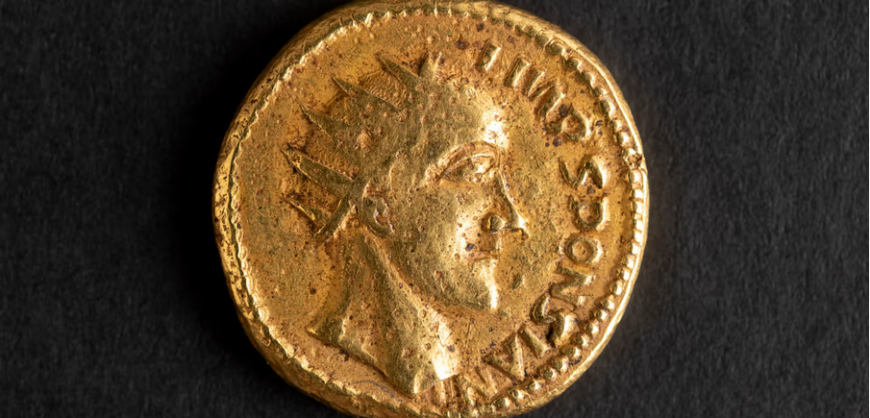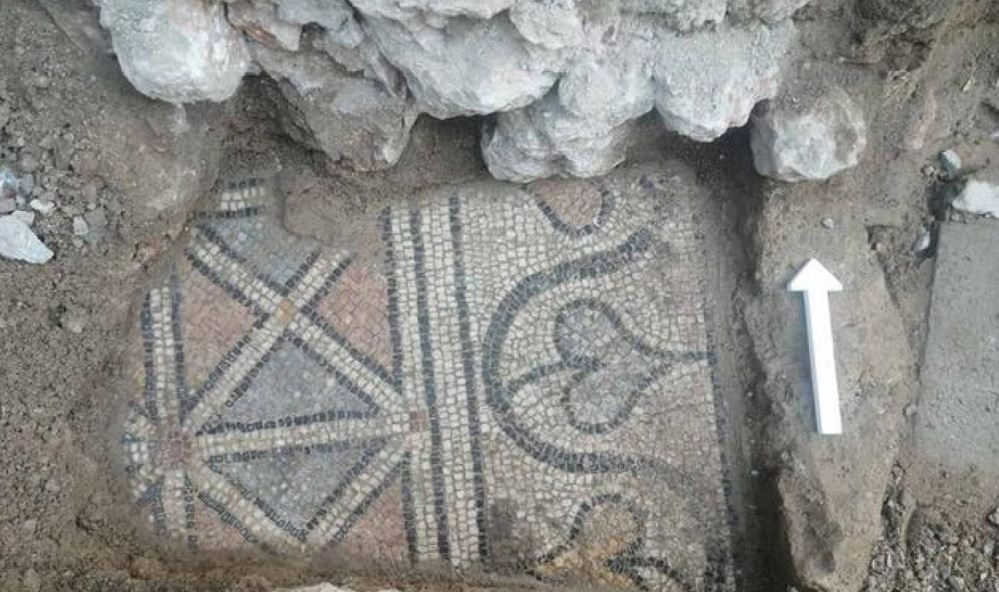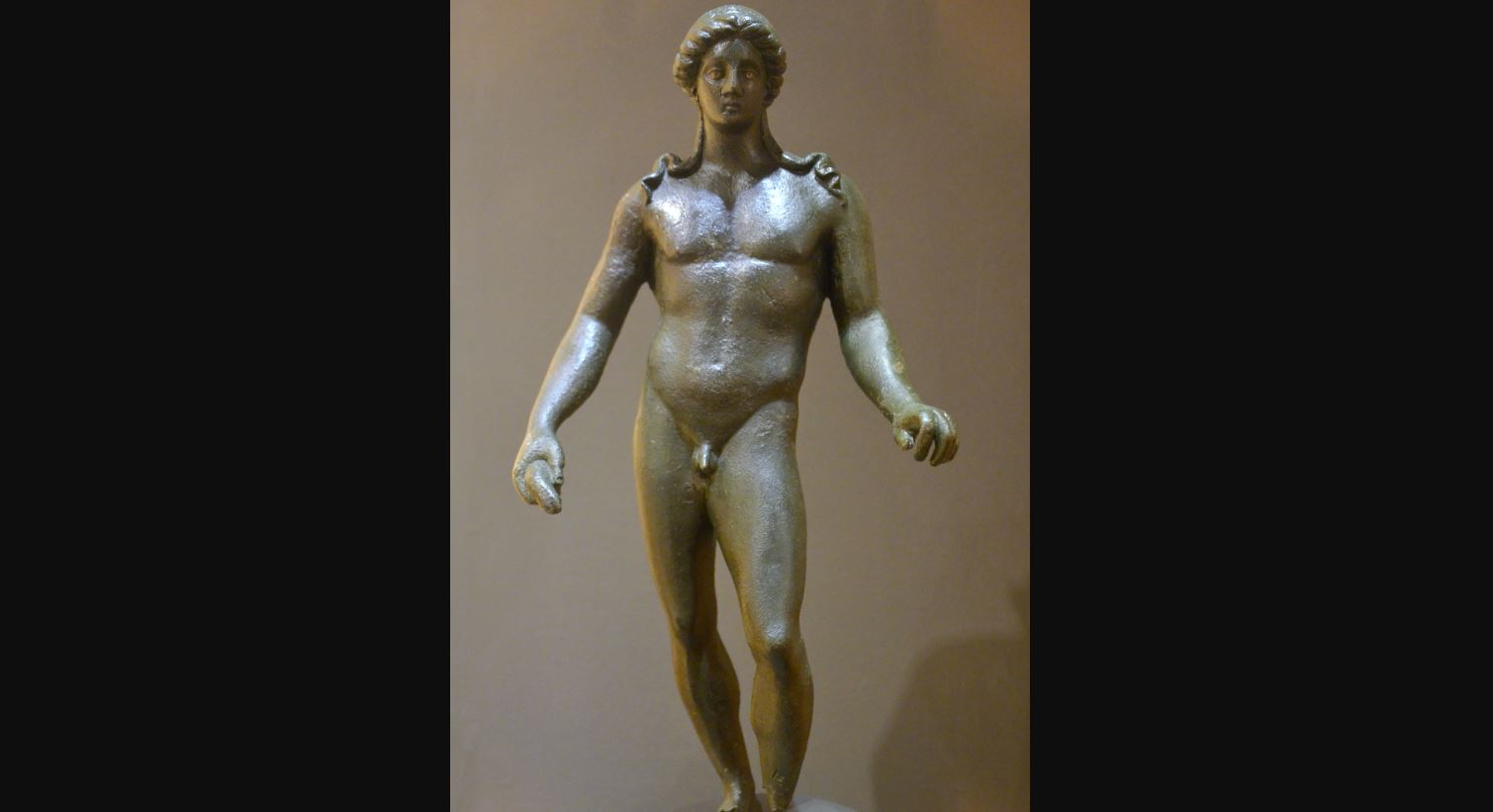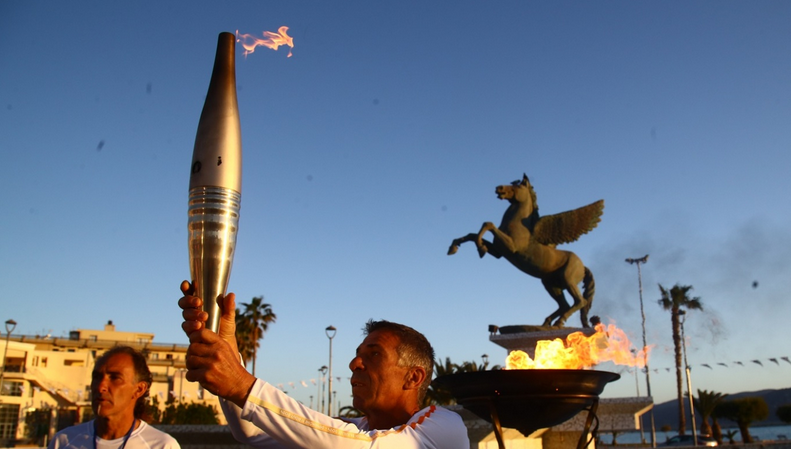History is full of artifacts that later turn out to be fakes, but very occasionally the opposite can happen. New analysis of ancient Roman coins long dismissed as forgeries has found they appear to be authentic, revealing a previously unknown Roman emperor.
The coins in question were unearthed in Transylvania in 1713, and feature a portrait of a man’s face with the inscription “Sponsian.” That name doesn’t match any known Roman emperor or any other historical figure, and that, along with the crude craftsmanship and mismatched design features, led historians to dismiss the coins as poorly made fakes since the mid-19th century.
Qatar World Cup: ‘Sexiest fan’ poses in G-string swimsuit and risks arrest (video-photos)
Now researchers at University College London and the University of Glasgow have investigated the strange coins’ origins more closely. The team examined one under powerful microscopes in visible and ultraviolet light, and with scanning electron microscopy and spectroscopy, and compared them to other coins confirmed to be genuine.
Read more: New Atlas




































